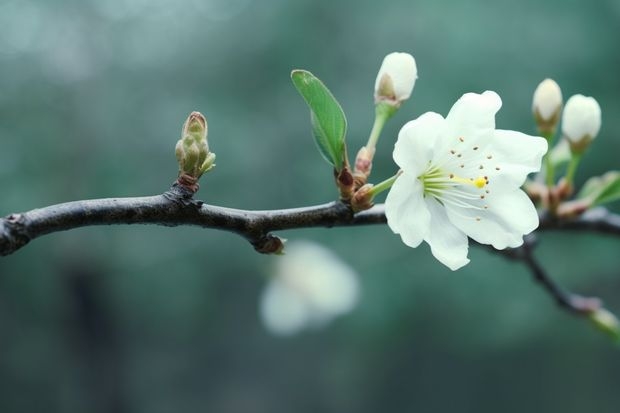飞天寓意着什么花语英文 薰衣草花语和寓意句子
2023-10-12 20:45:11 | 114花卉网

哪里有关于敦煌飞天的英语介绍
你好,这篇小文是参考几个外文旅游网站上古迹及历史背景介绍,重新删节,整合的,是写敦煌莫高窟的,希望对你有所帮助。Dunhuang Mogao Caves
Silk Road Tours: Adventure along the Silk Road to explore the ancient cities and rich culture..
Dunhuang lies at the western end of the Gansu Corridor, called Hexi Zoulang. The name Dunhuang originally meant "prospering, flourishing"-- a hint that Dunhuang must once have been an important city. Its position at the intersection of two trade routes was what made Dunhuang flourish. The coming and going of horse and camel caravans carried new thoughts, ideas, arts and sciences to the East and West.
It was Europeans who re-opened the road in their search for the ancient Silk Road cities. It happened in the latter part of the last century. These tours can begin very logically in Xian, proceeding via Lanzhou and the Jiayuguan Pass to the Magao Caves of Dunhuang, and then to Turpan, Urumqi and Kashi.
Mogao Caves, or Mogao Grottoes (also known as the Caves of the Thousand Buddhas and Dunhuang Caves) form a system of 492 temples 25 km (15.5 miles) southeast of the center of Dunhuang, an oasis strategically located at a religious and cultural crossroads on the Silk Road, in Gansu province, China. The caves contain some of the finest examples of Buddhist art spanning a period of 1,000 years.[1] The first caves were dug out 366 AD as places of Buddhist meditation and worship.[2] The Mogao Caves are the best known of the Chinese Buddhist grottoes and, along with Longmen Grottoes and Yungang Grottoes, are one of the three famous ancient sculptural sites of China. The caves also have famous wall paintings.
According to local legend, in 366 AD a Buddhist monk, Lè Zūn , had a vision of a thousand Buddhas and inspired the excavation of the caves he envisioned. The number of temples eventually grew to more than a thousand.[3] As Buddhist monks valued austerity in life, they sought retreat in remote caves to further their quest for enlightenment. From the 4th until the 14th century, Buddhist monks at Dunhuang collected scriptures from the west while many pilgrims passing through the area painted murals inside the caves. The cave paintings and architecture served as aids to meditation, as visual representations of the quest for enlightenment, as mnemonic devices, and as teaching tools to inform illiterate Chinese about Buddhist beliefs and stories.
Dunhuang was of great importance as a defensive and cultural center on the western borders of the Chinese empire at various points in its history. The routes west going north and south of the Taklamakan Desert split near Dunhuang. The route to the south and southwest was guarded by the so-called "Jade Gate" (Yü Guan) and "Southern Gate" (Yang Guan) which were garrisoned and supplied from Dunhuang. The Dunhuang region was the site of very important Buddhist monastic complexes, the most famous of which was at the Mogao Grottoes, where today one can see a treasure trove of Buddhist art covering a span of more than a millenium.
It is said that in the fourth century a Buddhist monk had a vision of 1000 Buddhas, and began to carve grottoes into the sandstone cliff and fill them with buddhist images. They were abandoned and forgotten in around the 11th century until Stein and other archaeologists arrived to carry away huge quantities of manuscripts, textiles and other art objects. However Magao remains a brilliant trove of statues and wall paintings from the 4th to 10th centuries.

飞天貔貅寓意是什么
飞天貔貅的寓意是招财。貔貅别称辟邪、天禄、百解,俗称貔大虎,是中国古书记载和民间神话传说的一种凶猛的瑞兽,最早的出处为《逸周书·周祝》。中国传统有装饰貔貅的习俗,貔貅寓意丰富,人们相信它能带来欢乐及好运,古时候人们常用貔貅来作为军队的称呼。
神话传说
貔貅,又名天禄、辟邪、百解,共四个名字,是中国古代神话传说中的一种神兽,龙头、马身、麟脚,形似狮子,毛色灰白,会飞。貔貅凶猛威武,它在天上负责巡视工作,阻止妖魔鬼怪、瘟疫疾病扰乱天庭。
古时候人们也常用貔貅来作为军队的称呼。传说貔貅触犯天条,玉皇大帝罚他只以四面八方之财为食,吞万物而不泻,可招财聚宝,只进不出,神通特异。这个典故传开来之后,貔貅就被视为招财进宝的祥兽了。很多中国人佩戴貔貅的玉制品正因此典故。
薰衣草花语和寓意句子
114花卉网(https://www.114hua.com)小编还为大家带来薰衣草花语和寓意句子的相关内容。
薰衣草 民间习俗是用薰衣草来薰香新娘礼服。而在爱尔兰,当地人则是会将薰衣草绑在桥上,以祈求好运到来。据说放一小袋干掉了的薰衣草在身上,可以让你找到梦中情人。当你和情人分离时,可以藏一小枝薰衣草在情人的书里头,在你们下次相聚时,再看看薰衣草的颜色,闻闻薰衣草的香味,就可以知道情人有多爱你。在婚礼上,可以洒洒薰衣草的小花,可以为您带来幸福美满的婚姻。
薰衣草的花语是等待爱情(waitingforlove)
颜色不一样也有着不一样的花语:
_粉色花语是等等你爱我(waitingforyourlove)_蓝色花语是心心相印的爱(HeartBalls)_白色花语是只要用力呼吸,就能看见奇迹!(justbreathe,youcanseethemiracle!)_紫色花语是等待无望的爱(Waitingfortheloveofhopeless)
适合送什么人:
恋人: 从它的花语就能看出很适合送给自己的恋人,也很适合用来向喜欢的人表白。将它赠送给内心喜爱的人,可以表达自己内心最真诚的爱意。 长辈: 将它送给长辈也是很不错的,并没有什么特殊的含义,只是它有着一定的助眠作用,对中老人年的睡眠很有帮助。 朋友: 薰衣草也可以赠送给自己的朋友,就是希望两人之间的情感可以永远维持下去。
情感语录
1、薰衣草的香味,总是和更深更远的忧郁相连。忧郁,却并不幽怨,如秋后淡淡的月光,如隔着万水千山的思念。薰衣草几乎就是忧郁的一个注脚。喜欢薰衣草的人一定是情感非常丰富,对什么都留有依恋的人。
2、向往,普罗旺斯的薰衣草。于是,买了一件睡衣,裙摆上都是紫色的薰衣草,原来,希望也可以如此之近。老大说广州有很大片的薰衣草,到时候,我完成任务了,就带我们去看。可是,我想的是奔跑,穿着白色的纱裙,你带着我奔跑在普罗旺斯的薰衣草中间,唯美到无可挑剔!
3、看着街灯下的薰衣草好似抛却了凡世中的所有烦恼茂盛的紫色薰衣草园,在高低起伏的园里绽放,在微风中打开代表着浪漫的符号,好似那种最安静深沉的思念,最甜蜜惆怅的忧伤。
4、最初吸引我的,是熏香的力气。蓝紫色的香柱悄悄开释着,直到燃尽了本人。青白烟雾飞旋着回升,透过围绕的烟雾,我温顺地凝视着它,那些一直向上,旋即消散的烟影化为详细又隐约的意象,凭空驰骋的白马,水袖飘扬的飞天菩萨,曼妙而多情的指尖所有都在优游中缓缓破灭,余下明澈的香。
5、我喜欢薰衣草。有多少尘世的花朵,能够用身形绽放美丽,用清香安抚心灵,用执著等待爱情的奇迹。
6、传说中薰衣草领有四片葱绿的叶子:第一片叶子是信奉;第二片叶子是盼望;第三片叶子是恋情;第四片叶子是荣幸。
7、我用45度角静静仰望天空,很蓝。俯身看脚下,是唯美的薰衣草田。看着薰衣草,泪,渐渐模糊了双眼。是的,我承认我想起了他。他有和薰衣草一样的微笑。
8、又见薰衣草,这淡蓝紫色的小花,到了开花时节,其香远在十里之外都能够闻到;而更绝妙的是,就是站在一大片花田里边,嗅到的香依然还是淡远温和,不像其它的香花,急急地想要把人薰倒。闲闲地信步从花间走过,衣角就留着一种冷香,悠远得像初恋时的心情。据说薰衣草就由此而得名。
9、有一天,看着手中渐渐枯萎的薰衣草,男孩决定到薰衣草盛开的地方去找寻那个女孩,
10、蓝天下,微风中,阳光里,田野间,薰衣草正在悄悄述说那些浪漫的故事。
以上就是飞天寓意着什么花语英文 薰衣草花语和寓意句子全部内容,更多相关信息,敬请关注114花卉网。更多相关文章关注114花卉网:www.114hua.com
免责声明:文章内容来自网络,如有侵权请及时联系删除。

zt开头的英语情话短句 1.帮我想T..S..R..Q..P..O..这些字母开头的英语情话 Thinkingnothingbutyou(满脑子想的都是你) Smilingalldayallforyou(傻傻笑着只为你) Royalfizztomelikeyou(你就像是我最爱的甜饮) Queuinginlinechasingyou(即使追你的人排成队) Perfectm

花语英文 花语 1.FlowerLanguage 是名..爱ARoseisaRoseis...... 普罗旺斯的山居LivingbytheHills 花语FlowerLanguage 散步的裙摆AWalkintheField... 2.lillaerose watermark_new_small花语(lillaerose) 经典意式拼配咖啡80%阿拉比卡豆、20%罗伯斯特水洗豆

表达爱意的英文句子 1、Iapplytogetintoyourlife。 2、我申请,加入你的人生。 3、爱情浸过纸,演绎忧伤。 4、距离使两颗心靠得更近。 5、Themoonlightstandsformyheart! 6、Sometimesgoodbyeistheonlyway。 7、他是我一生中最心爱的人。 8、真挚恋爱过的心永不忘却。 9、Aheartt

薰衣草的花语和寓意 薰衣草的花语是等待爱情,只要用力呼吸,就能看见奇迹,浪漫和心心相印。 在欧洲传统中,薰衣草似乎与爱情天然相关,大量的爱情传说或民间习俗都涉及到薰衣草,《薰衣草代表真爱》是伊丽莎白时代最具代表性的抒情诗。 薰衣草的花语是“等待爱情”,就像电视剧《薰衣草》所演绎的那样,薰衣草意味着一种含蓄的示爱,一种坚定的承诺,历经磨难而终能携子之手。 简介: 薰衣草(L

薰衣草花语和寓意英文 薰衣草花语和寓意英文 薰衣草花语和寓意英文,紫色的薰衣草花语等待无尽的爱,蓝色的薰衣草花语为心心相印,如果你不知道薰衣草花语和寓意英文的话,请接着往下看吧,感兴趣的朋友们一起来看。 薰衣草花语和寓意英文1 等待爱情(waitingforlove) 等你爱我(waitingforyourlove) 只要用力呼吸,就能看见奇迹!(justbreathe,

薰衣草花语英文简写 薰衣草花语英文简写 1、等待爱情:waitingforlove,当你爱我:waitingforyourlove,只要用力呼吸,就可以看见奇迹:justbreathe,youcanseethemiracle;等待无望的爱:Waitingfortheloveofhopeless;心心相印:HeartBalls。 2、薰衣草又名香水植物、灵香草、香草、黄香草等,属双子叶植物纲

薰衣草花语和寓意英文 薰衣草花语和寓意英文 薰衣草花语和寓意英文,紫色的薰衣草花语等待无尽的爱,蓝色的薰衣草花语为心心相印,如果你不知道薰衣草花语和寓意英文的话,请接着往下看吧,感兴趣的朋友们一起来看。 薰衣草花语和寓意英文1 等待爱情(waitingforlove) 等你爱我(waitingforyourlove) 只要用力呼吸,就能看见奇迹!(justbreathe,

薰衣草的花语和寓意 薰衣草的花语是等待爱情,只要用力呼吸,就能看见奇迹,浪漫和心心相印。 在欧洲传统中,薰衣草似乎与爱情天然相关,大量的爱情传说或民间习俗都涉及到薰衣草,《薰衣草代表真爱》是伊丽莎白时代最具代表性的抒情诗。 薰衣草的花语是“等待爱情”,就像电视剧《薰衣草》所演绎的那样,薰衣草意味着一种含蓄的示爱,一种坚定的承诺,历经磨难而终能携子之手。 简介: 薰衣草(L
-
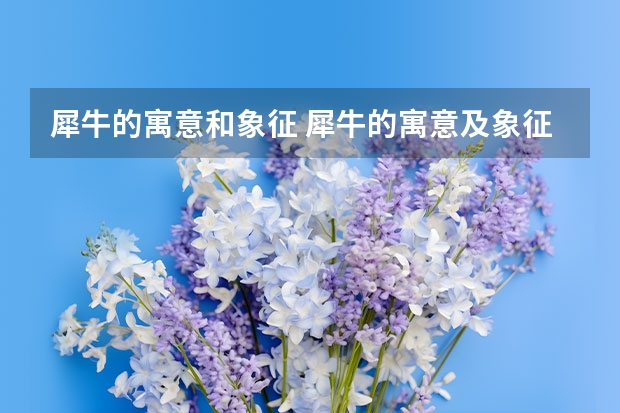 犀牛的寓意和象征 犀牛的寓意及象征 犀牛角寓意含义代表象征 金木犀的花语和传说
犀牛的寓意和象征 犀牛的寓意及象征 犀牛角寓意含义代表象征 金木犀的花语和传说2023-10-31 08:39:21
-
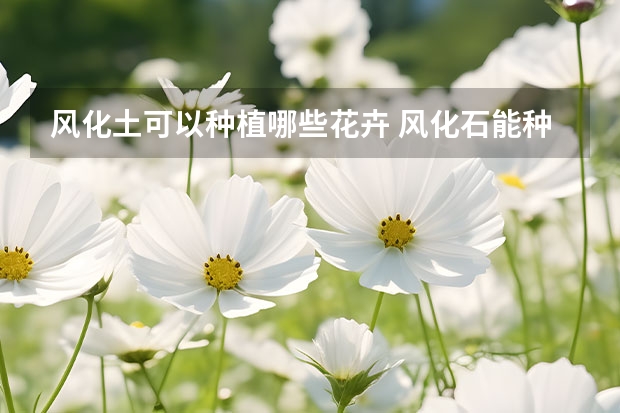 风化土可以种植哪些花卉 风化石能种沙漠玫瑰花吗
风化土可以种植哪些花卉 风化石能种沙漠玫瑰花吗2023-10-07 03:43:22
-
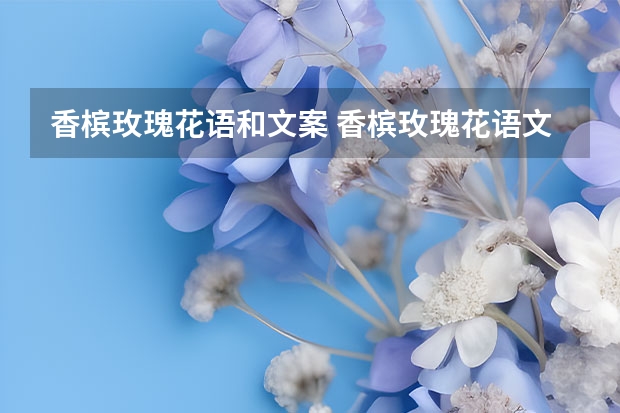 香槟玫瑰花语和文案 香槟玫瑰花语文案短句
香槟玫瑰花语和文案 香槟玫瑰花语文案短句2024-09-08 04:25:55
-
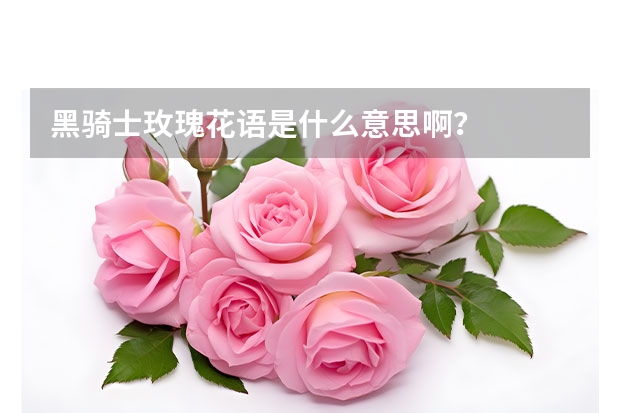 黑骑士玫瑰花语是什么意思啊?
黑骑士玫瑰花语是什么意思啊?2024-07-30 00:58:14
-
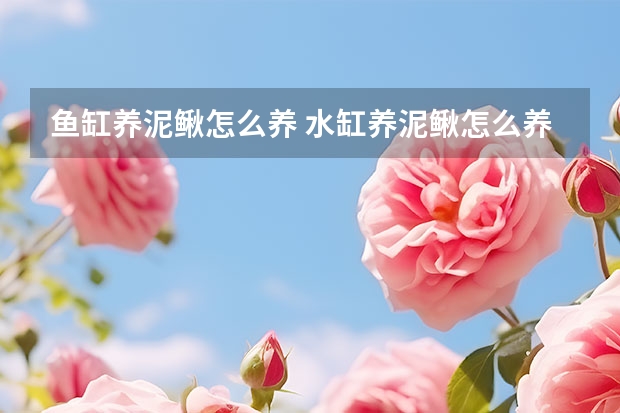 鱼缸养泥鳅怎么养 水缸养泥鳅怎么养
鱼缸养泥鳅怎么养 水缸养泥鳅怎么养2024-04-01 15:27:50
-
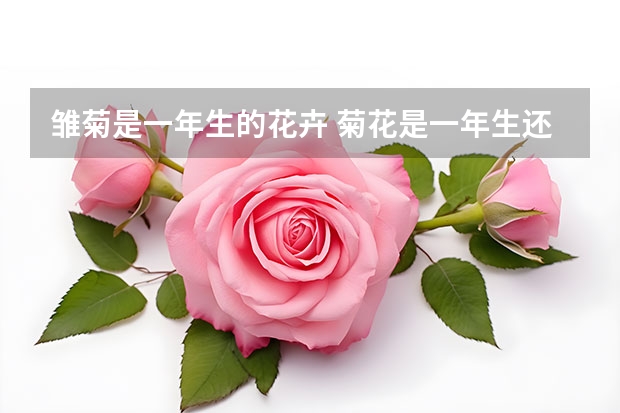 雏菊是一年生的花卉 菊花是一年生还是多年生
雏菊是一年生的花卉 菊花是一年生还是多年生2023-09-20 09:23:06
